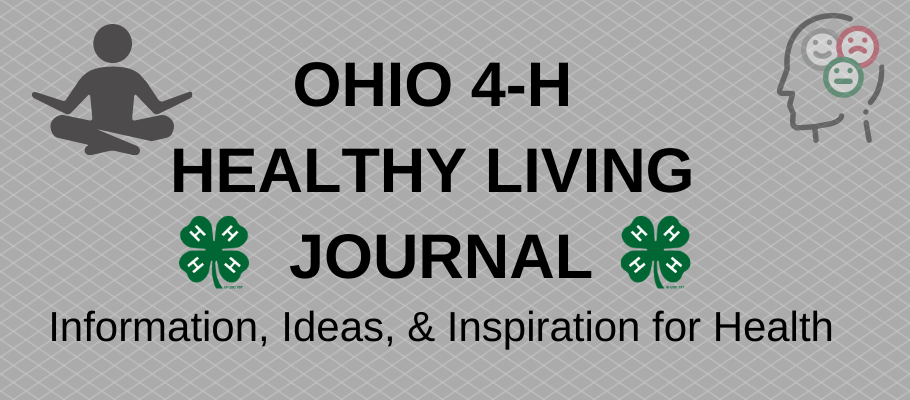Although they have their beginnings in mythology, many trace the rise of superheroes in the U.S. to the late 1930s. This was a time when the U.S. was suffering from the fall-out of the Great Depression and before entering World War II.
What makes a superhero? Superheroes have some kind of extraordinary power. They fight crime or use their talents to do some good. They try to make the world a better place. They are clever in how they use tools and technology (think Superman’s cape, Spiderman’s webs, and the Batmobile). Another part of the appeal of superheroes is that they give us someone to look up to. And they wear costumes! Now every year at Halloween there are bound to be children (and adults) dressed up as the classic Superman and Batman, as well as the popular superhero of the day.
In the book titled Superhero Ethics: 10 Comic Book Heroes, 10 Ways to Save the World, Which One Do We Need Most Now?, author Travis Smith floats the idea that it is not their superpowers that make them so super. Instead, it is their character and qualities, which guide what they do with their power. He said that superheroes represent “the qualities that human beings must cultivate in order to confront the quandaries of ordinary life.” In other words, they point out the qualities that will help us to be better people.
As super as they are, superheroes aren’t perfect. After all, Superman has his kryptonite. Through these characters we can learn to turn our weaknesses into advantages. In that way, they are a symbol of hope, that you can overcome challenges and make yourself into a better person.
Who are our modern-day superheroes? Perhaps today we have a new idea of superhero, a time when ordinary people are doing extraordinary things. They don’t wear capes – they wear scrubs and lab coats and the uniforms of police and firefighters. They work in schools and hospitals and homes. They are “disguised” as the ordinary people who drive trucks with needed supplies, stock shelves in our grocery stores, and drive public transportation. They work long hours to fight an invisible enemy. They are the essential workers of the coronavirus pandemic.
In Spider-Man 2, Aunt May reminds Peter Parker that “there’s a hero in all of us.” Today, my heroes are 4-H teen leaders sewing masks and matching 4-H members as pen pals. It’s families using 3D printers to make personal protective equipment for medical staff. You are a superhero when you stay home, even when it’s hard, and when you wear a mask to keep others safe.
Download Today’s 4-H Journal Here!
Yours in Health,
























